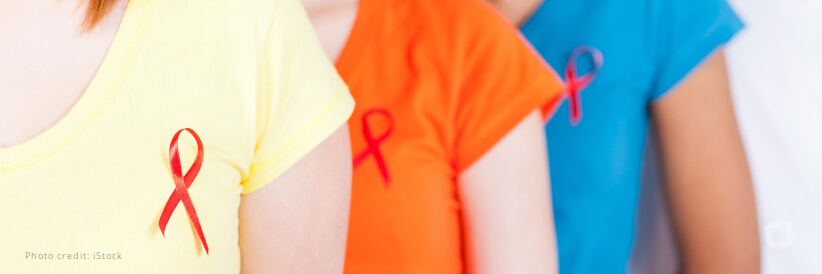Game-changing advances in HIV diagnostics, treatments and prevention over the past decades have transformed care for millions of people, yet the AIDS epidemic continues to evolve. Notably, an increasingly disproportionate number of new infections are occurring in adolescent girls and young women, warned global health agency Unitaid, in advance of World AIDS Day (1 December).
With access to available tools, a person can self-test for HIV quickly and discreetly and, if positive, manage the infection with best-in-class medicines. If they are negative, they can access highly effective preventive medicines – including emerging long-acting pre-exposure prophylaxis, or PrEP, adding to the mix of effective preventive options.
Though tools are increasingly available and affordable in low- and middle-income countries, in part thanks to efforts by Unitaid and its partners to drive down prices and accelerate introduction, gaps in access and uptake are creating divergent responses.
According to a new UNAIDS report released on 29 November, inequalities are obstructing access to vital medicines and tools and hindering progress to end AIDS.
In sub-Saharan Africa, gender inequalities have had profound effects on the HIV response, with more than 60% of new HIV infections occurring among women. Adolescent girls and young women aged 15 to 24 years in the region are particularly affected and are more than three times as likely to become infected with HIV than males their same age.
Inequalities in access to medicines continue to impact the HIV response.
We must advance innovations that can end the inequalities that drive new HIV infections & keep people from accessing life-saving services.
It’s time to #Equalize! @UNITAID @Winnie_Byanyima pic.twitter.com/8IgbEAWWd5
— UNAIDS (@UNAIDS) November 30, 2022
Gender disparities and discrimination deprive women and girls of fundamental rights and create barriers to accessing information, services, and prevention. These gaps in care are multiplied when treatment programs fail to reach women and girls living with HIV, and often leave any children they may have at risk of HIV infection during birth or through breastfeeding.
“We cannot respond to today’s HIV crisis with yesterday’s solutions,” said Dr. Philippe Duneton, Executive Director of Unitaid. “We have the tools we need to end the AIDS epidemic, but we must get creative to make sure they are optimized for use and reach everyone who needs them. Increasingly, this means placing greater focus on groups with as-yet unmet needs, such as young women and girls, marginalized populations, and children.”
“We must address the underlying sociocultural factors that create barriers if we are to close the remaining gaps in the HIV response,” said Maurine Murenga, advocate, Unitaid Board Member, and Executive Director of the Lean on Me Foundation, which works to promote health, education and human rights for children, adolescent girls, and young women in Kenya. “It’s not enough to simply make products available.”
Unitaid and its grantees are leveraging their expertise to address remaining gaps and new challenges in the HIV response, developing strategies to generate awareness and demand for HIV tools and prevention, filling evidence gaps to ensure diagnostics and medicines can safely reach more people without delay, and optimizing technologies to simplify care.

